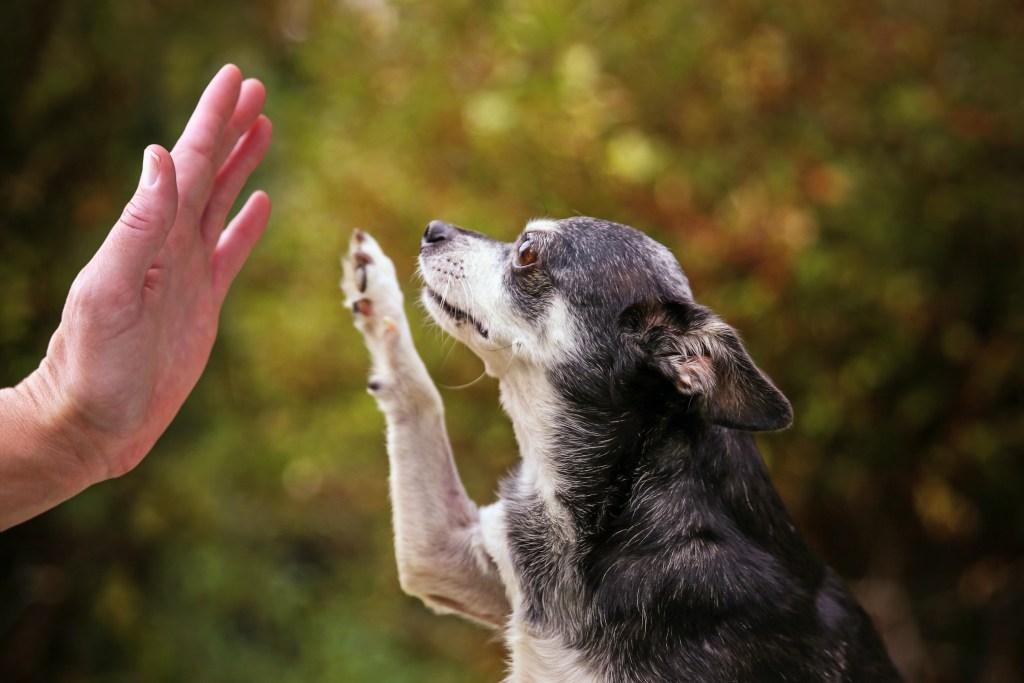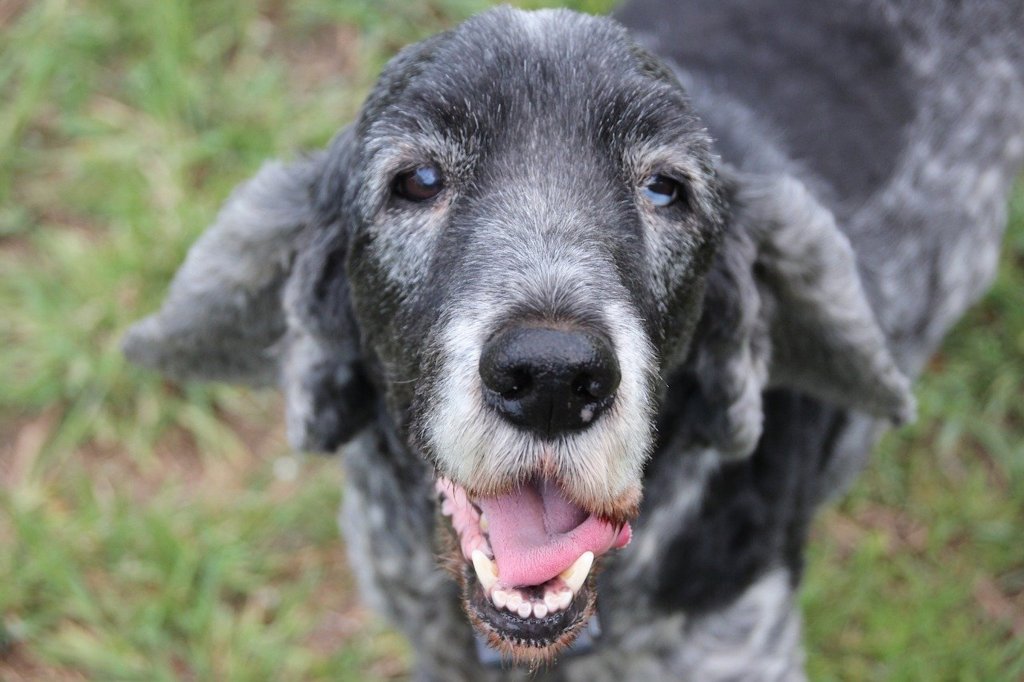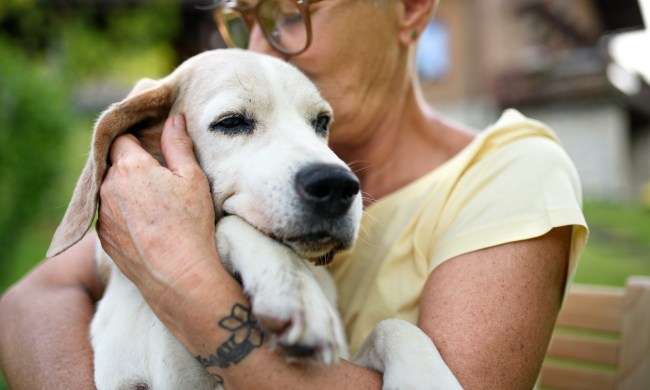Senior pups are a blessing in so many ways, from their adorable gray faces to their appreciation of the little things, like a good nap. With age comes a few changes, though, including an inability to control their bladder at times. Whether they’re a result of excitement, deep sleep, or just bad timing, accidents happen! Thankfully, you’ve got many ways to help with old-dog incontinence, and even more ways to keep your spaces clean.
Remember not to blame or punish your fur baby for any accidents — they’re completely involuntary. Odds are, your dog is just as upset about it as you are. In this article, we’ll address some of the most common concerns about incontinence in older dogs, including accident prevention, why incontinence happens, and when to see a vet.

Why is my senior dog incontinent?
There are many reasons why your older dog may not be able to control her bladder as well as before, including kidney disease, low estrogen levels (in females), and loss of muscle due to aging. It’s important to understand the cause of your pup’s incontinence, so a trip to the vet is always a good idea. It may look like a simple problem on the surface, but incontinence can be a symptom of something bigger.
According to Veterinary Centers of America (VCA), a few reasons an older dog may lose bladder control are:
- Urethral disorders (the most common cause of incontinence): loss of muscle control due to hormone loss; inflammation; or diseases of the urethral, vulvar, or prostate area
- Neurological issues: spinal injuries, brain diseases, and interruption of the nerves between the brain and bladder
- Bladder compression from a tumor or urinary tract infection
- Bladder storage dysfunction
- Physical abnormalities due to surgery, injury, tumor, etc.
- Urine retention: In times of high stress, some dogs will not eliminate until they physically have to, usually uncontrollably
What to look out for and when to see a vet
Because age-related issues like incontinence can come on gradually, you may not notice it at first. You may find a subtle sign, like a damp spot on your dog’s bed, but it can quickly develop into a larger problem if not taken care of promptly.
Signs of incontinence in senior dogs
If you’re unsure whether your older pup may be losing control of her bladder, look for any of these warning signs:
- Dampness, wet spots, and/or urine smell on bedding, when your dog is deeply relaxed or asleep
- Dribbling of urine while walking
- Urinating in new or unusual places
- Increased thirstiness or urine production
When to see a vet about bladder control
It’s a good idea to visit your local vet regarding any new or increased incontinence issues, so they can help figure out the cause behind the symptoms. Even if you know what’s going on, don’t hesitate to ask for help if your pup seems uncomfortable at all. Your vet can help find and administer many medical and therapeutic treatments for incontinence.

How to help incontinence in older dogs
Depending on your dog’s diagnosis, your vet may recommend one of many prescription medications to improve bladder function (via VCA). These drugs may be hormones, something to improve muscle responsiveness, and even collagen injections (though these are still experimental). VCA also notes that “approximately 70% of cases [of incontinence] respond well to medical therapy alone.”
In some cases, indoor potty training your senior dog may be effective. Giving your pup a place to relieve herself without having to deal with the stressors of outside can sometimes be enough to decrease the frequency of accidents, though you’ll need to find something like a potty pad or doggy faux-grass mat to designate somewhere just for her. A familiar scent can help her learn to relieve herself in a new spot, so mopping up some of her urine (gross, but effective) and leaving that paper towel on the potty pad can encourage her brain to make the association.
When it comes to cleaning, it’s crucial to make sure your pet stain and odor-removing spray is dog-safe. Try not to make accidents a big deal — your old dog doesn’t need any more stress! As you and your pup work on a long-term solution, give both yourself and your four-legged friend some credit. You’re learning together, and though it may be challenging at first, you’ll tackle senior dog incontinence like pros in no time. It just takes some patience, preparation, and lots of love.



